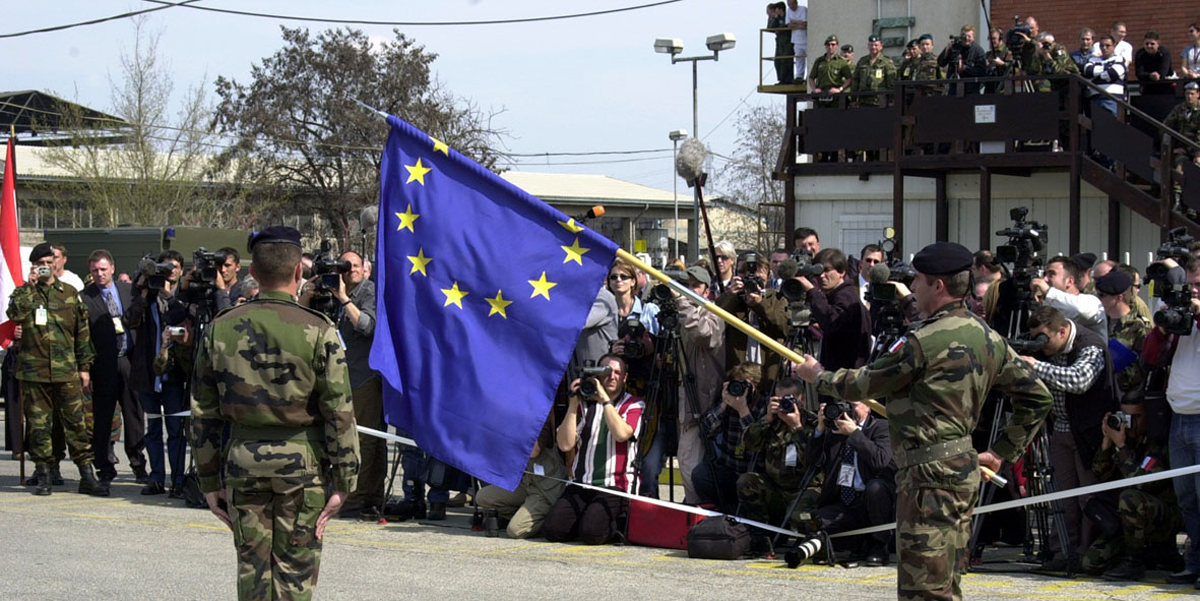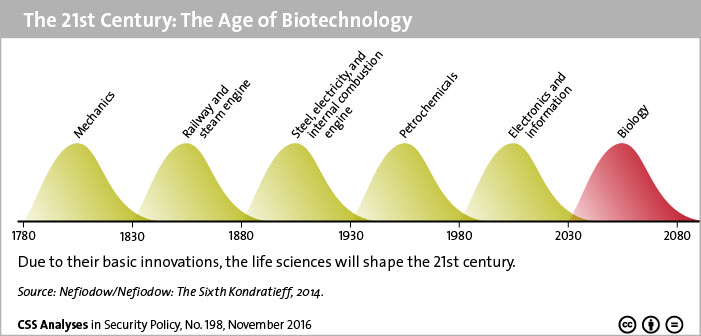
This article was originally published by the European Council on Foreign Relations (ECFR) on 20 November 2018.
‘European army’ is an empty phrase; what is actually needed is less talk and more action – more concrete projects to integrate defence efforts while avoiding careless talk.







